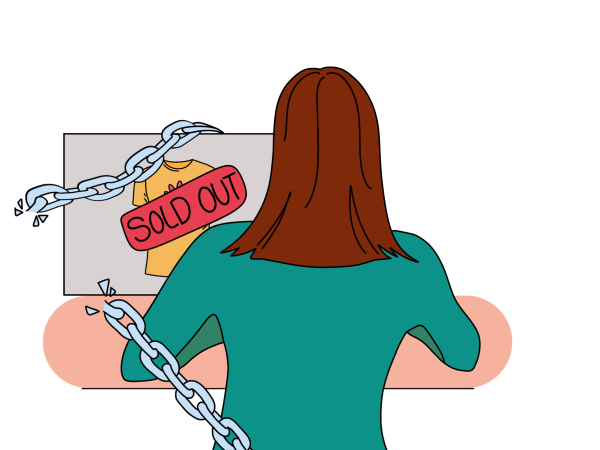US Banking Crisis: What in the World Happened to SVB?
You might have forgotten already, but on March 10, the United States experienced the second-biggest banking failure in the country’s history. Maybe I should write that again just to hammer the point home: in its history. The dramatic failure of Silicon Valley Bank (SVB) sent shockwaves through both the national and global financial landscapes. It set off a chain of other bank failures that sparked widespread panic in the markets, and, according to Goldman Sachs, has made the chance of a recession in the next 12 months rise by 10%. More importantly, SVB’s failure has had a direct impact on the livelihoods of small businesses and individuals around the world. Per CNN, The US Federal Deposit Insurance Corporation (FDIC), which is responsible for ensuring deposits up to 250,000 dollars “is on the hook for 140 billion dollars” (accounting for both SVB and Signature Bank). SVB was the 16th largest bank in the United States and it was sitting on top of around 209 billion dollars in assets. Its failure provides a lesson that can teach us about mismanagement and overconfidence in the economy.
So what exactly happened?
The best place to start is in the wake of the 2008 financial crisis—the largest economic downturn in the United States since the Great Depression. Massive bank failures such as Lehman Brothers, Bear Stearns and AIG were the tinder that fueled the flames of the crash. To ensure that such a massive financial catastrophe didn’t occur again, Congress and President Obama passed the Dodd-Frank act, which placed stricter regulations on banks. However, in 2018, the Trump administration rolled back some of the regulations for smaller banks, with less than 250 billion dollars in total assets. SVB fell into that group. As a result, they were freed up to take greater risks with their money.
In 2020, the onset of COVID saw SVB get flooded with deposits from businesses. It is important to note that most of these businesses were tech and life sciences companies (Roku, Roblox, Eiger) which tend to be highly volatile—in the sense that they move their money around quickly. Over the course of that year, deposits tripled to around 189 billion dollars, which made 2021 the most profitable year in SVB’s history. To SVB’s management, it looked like they were sitting on a golden goose. There was a massive amount of free capital for the bank to use to grow profits. So SVB’s financial wing decided to dump tens of billions of dollars from the COVID deposit surge into long-term US treasuries and government-backed mortgages. Hindsight is 20/20, but even by the standards of the time it was a poor decision that was probably made with the assumption that the roaring-bull market of the pandemic would continue its uptick indefinitely. They fell for the age-old farce that “things will only continue to get better.”
But, as we all know, things did not get better. The US economy went into cooldown mode as the government began rolling back the unprecedented policies that had been in place during COVID. Specifically, the Federal Reserve began raising interest rates, which left the long-term bonds and mortgages that SVB had bought during the pandemic to be worth far less than they had paid for. About 17 billion dollars less. New deposits during this time were also less frequent than had been in previous years. By the end of 2022, SVB’s finances were reaching a boiling point.
SVB needed to stop the bleeding, so they began selling off their securities at a loss. In a regulatory filing on March 8th of this year, it was revealed that SVB had sold “a large chunk of its securities at a net loss of around 1.8 billion dollars.” The move spooked investors, who sensed the floor falling out from under the bank. Over the next two days, they frantically contacted the startups they funded and urged them to pull out their deposits. More and more startups began joining in, and SVB simply didn’t have enough cash on hand to pay everybody back at once. The stock price plummeted. Panic ensued. By the end of the day, the bank collapsed and regulators had to seize control of it.
In the wake of SVB’s collapse, other banks like Signature Bank, First Republic and Credit Suisse followed suit, experiencing dramatic failures themselves. Though the reasons for their failures all differ slightly from one another, they all stem from peoples’ massive loss of confidence in the banking industry following the collapse of SVB. Government regulators are stepping in to try and reassure everyone that things are going to be okay. For the time being, this appears to be the case. I think it never hurts to be cautious though. Silicon Valley Bank’s failure is a scary and painful reminder that, when it comes to the economy, the good times don’t always last.

Richie Rosen is a junior from Los Angeles, Calif., concentrating on economics with a minor in political science. He has previously served as a staff writer...



